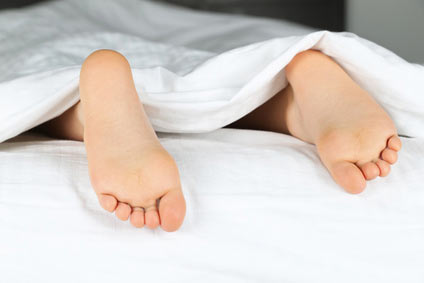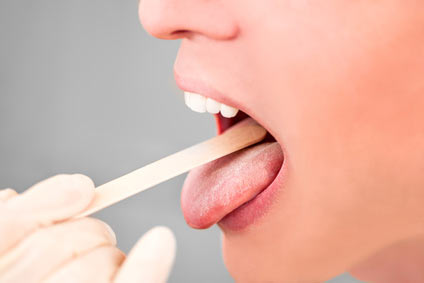Periodic Limb Movement Disorder
What is Periodic Limb Movement and how to treat it?

Periodic Limb Movement Disorder (PLMD) is a movement disorder of the toes and ankles, that occurs in sleep. It often manifests in people with sleep apnea, narcolepsy and Parkinson's disease.
Symptoms of PLMD
The symptoms of PLMD occur only in sleep, with repetitive movements of the limbs, mostly legs, such as:
- extension of the big toe,
- flexing of the ankle, knee, or hip,
- extension of the fingers.
The movements of the limbs last from 1 to 5 seconds, and occur in intervals of 5 to 90 seconds.
Occasionally the movements are so severe that the whole body moves restless for several hours.
In this video you can see a person with periodic limb movement disorder:
Causes of PLMD
The causes of PLMD are not all understood. It is known that movement disorders often occur with breathing disorder such as sleep apnea, or other sleep disorders, like narcolepsy, sleepwalking, or night terrors.
PLMD and aging
PLMD and aging Periodic limb movement disorder along with sleep apnea or restless legs syndrome, appears to be more prevalent in older persons, and they are also more marked among nursing home residents than the independent elderly.
There are also medications that can make the condition worse, such as antidepressants, antihistamines, and some antipsychotics.
Side Effects of Periodic Limb Movement Disorder
The side effects of periodic leg movement can lower the quality of life of the patients:
- insomnia,
- excessive daytime sleepiness,
- social problems,
- excessive fatigue,
- depression,
- short attention span,
- poor memory,
- sleep disturbance of the bed partner.
Treatment of Periodic Limb Movement Disorder
Before starting any treatment , your doctor should inspect if you're not taking drugs that may be causing periodic limb movement disorder.
If medication is not a cause for PLMD, then it's necessary to diagnose what other disorders can represent a risk factor in your case.
If you have PLMD due to other disorders, then treating PLMD can be performed with the specific treatment of the coexisting disorders. For example, if you periodic limb movements caused by sleep apnea, then treating sleep apnea with CPAP will also result in treating PLMD.
There are options to treat PLMD with medications, which is often effective, but should be avoided wherever possible in children and during pregnancy, because of the long-term toxicity.
The medical treatment include dopaminergic agents used to treat Parkinson's disease, sedative drugs and anticonvulsant medications.
Another medications which are sometimes prescribed to help patients sleep more restfully are benzodiazepines, such as diazepam and clonazepam. But these medications should not be used in apnea patients since they can aggravate their condition.
Whichever drug is chosen, it should be used initially in a low dose and timed to be given before the onset of the symptoms. The dose of the drugs should be gradually increased until the symptoms are adequately controlled.
Home › Sleep Disorders › Periodic Limb Movement Disorder







